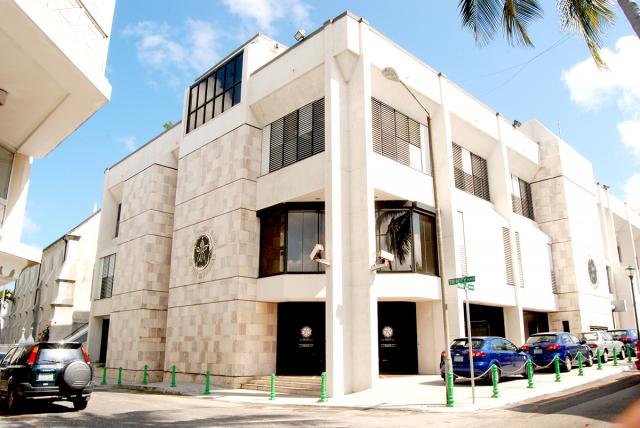NASSAU, BAHAMAS- The country’s external reserves declined by $30 million in January according to the Central Bank, with outflows increasing by just over 21 percent.
The regulator in its monthly economic and financial developments report for January noted that during the review month external reserves reduced by $30 million to $2,564.7 million, although this was still lower than the previous year’s decline of $44.1 million.
“Contributing this outturn, the Central Bank’s net purchases from commercial banks moderated to $7.1 million from $48.2 million in the preceding year. Further, commercial banks’ transactions with customers shifted to a net sale of $0.7 million from a net intake of $73.7 million a year earlier. Meanwhile, the Central Bank’s net sales to the public sector narrowed to $47.8 million from $91.5 million in 2022,” the regulator noted.
It further noted, “Provisional data on foreign currency sales for current account transactions for the month of January, revealed that outflows rose by 21.2% to $674.1 million, relative to the comparative period in 2022. Leading this outturn, payments for “other” current items—primarily credit and debit card transactions—grew by $74.4 million. Further, outflows for non-oil imports rose by $33.1 million, oil imports, by $18.9 million and travel related transactions, by $4.4 million. In contrast, factor income remittances decreased by $12.5 million and transfer payments, by $0.5 million.”
January was also marked by moderated build up in bank liquidity in the banking sector. “Monetary developments for the month of January were marked by moderated buildup in banking sector liquidity, even though the reduction in the deposit base surpassed the decline in domestic credit. Specifically, excess reserves—a narrow measure of liquidity—grew by $14.1 million to $1,942.2 million, a slowdown from the $48.3 million expansion in the preceding year. Similarly, excess liquid assets—a broad measure of liquidity—increased by $26.4 million to $2,799.2 million, exceeding the prior year’s gain of $8.5 million,” the regulator noted.


















